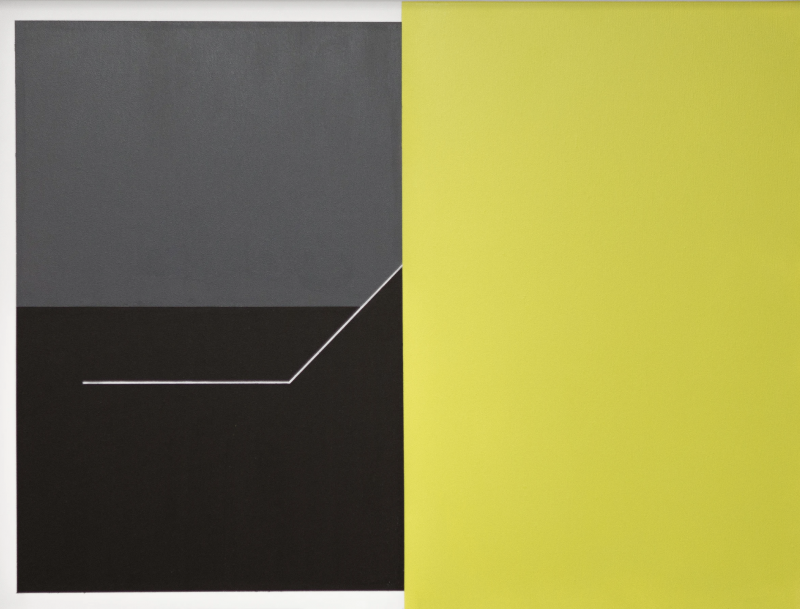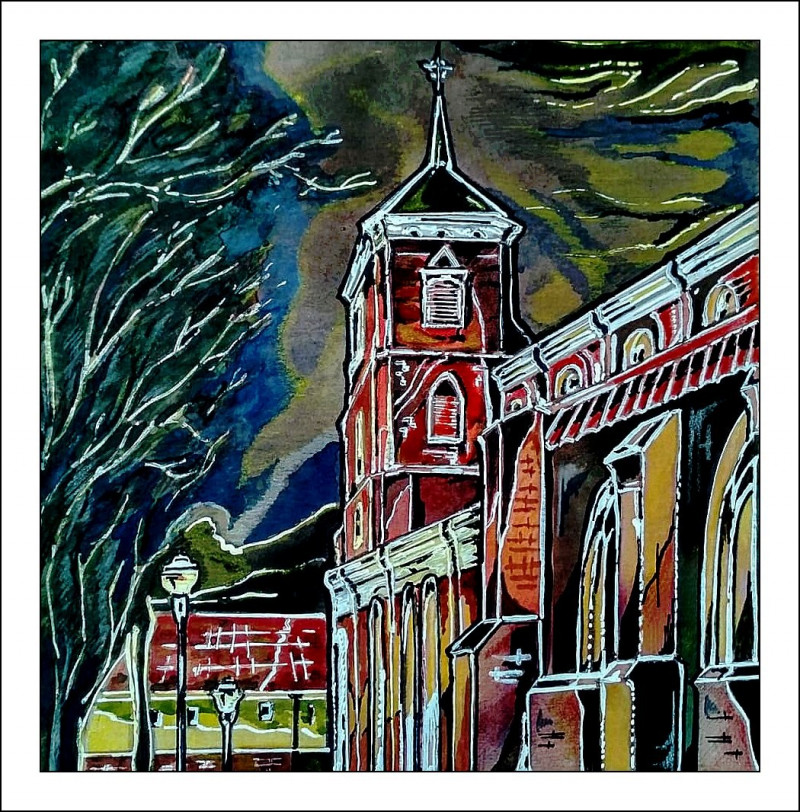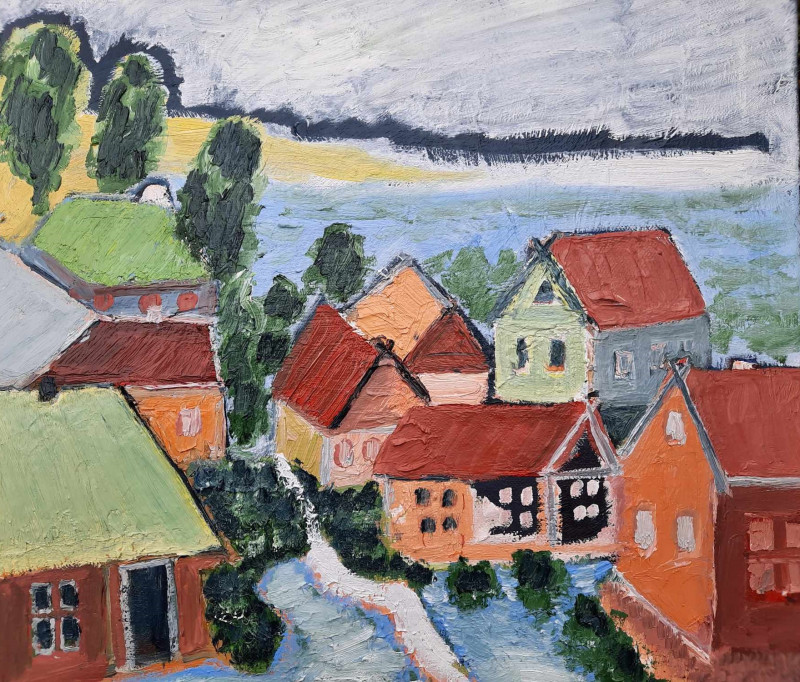Little house No.1
More about this artwork
Shipping
We offer worldwide shipping through TNT / FedEx couriers! For the European Union, expect delivery within 5-7 days right to your doorstep. Every package comes with a tracking number and full insurance for peace of mind. We have experience shipping to nearly every country in the EU, so don't hesitate to reach out if you have any inquiries!
For destinations outside the European Union, shipping typically takes around two weeks or slightly longer, depending on your location relative to Europe. Rest assured, all paintings are securely insured and sent in tracked packages. Please note that additional import taxes may apply for shipments outside the EU, and the recipient will be responsible for these charges. We've successfully shipped paintings to numerous countries worldwide. Should you have any questions, please feel free to contact us at any time!
Return
We gladly accept returns! Ensuring your satisfaction with your purchase is our top priority. You may return items within 30 days of receiving and delivering them. Moreover, understanding that the painting you acquire will likely remain with you for an extended period, we are open to accommodating most returns even beyond the 30-day window.
If you wish to return a painting, please reach out to us, and we will gladly assist you in determining the most efficient solution for shipping and managing the return process!
View in Augmented Reality (AR)
Click the "View in AR" button to see how the selected artwork will look in your space using augmented reality! This feature currently works only with Apple devices and the Safari or Chrome browsers. The feature is being tested, so if you have any feedback, we would love to hear it!
Vytautas Paplauskas graduated with a Bachelor of Arts degree from Bournemouth University of the Arts (UK) in 2011 and currently works as a painter and photographer.
His work can be attributed to the tradition of "hard edge" painting, as the works are characterised by geometric forms with sharp contours and a complete elimination of the underprint. The plot of the works is minimal, but the composition and colouring are carefully considered, as the aim is to create the impression of a fictional space or an abstracted urban landscape with the minimum possible means. It is true that references to material reality are often abandoned altogether, so the emphasis here is on well-considered compositions characterised by fragmentation, asymmetry and a focus on negative (empty) space. In this way, the artist constructs visual puzzles that stimulate the imagination, which can be interpreted in a different way by each viewer.
The artist's sources of inspiration are the history of modern art and his direct experience of exploring the city and capturing urban fragments of strict forms. All this is enabled in the creative process by intuition and associative thinking. And the rational mind, which coordinates the process, helps to bring the experiments in forms into a coherent and harmonious whole, which finally materialises into felt and thoughtful geometric compositions, executed in paint on canvas.















































